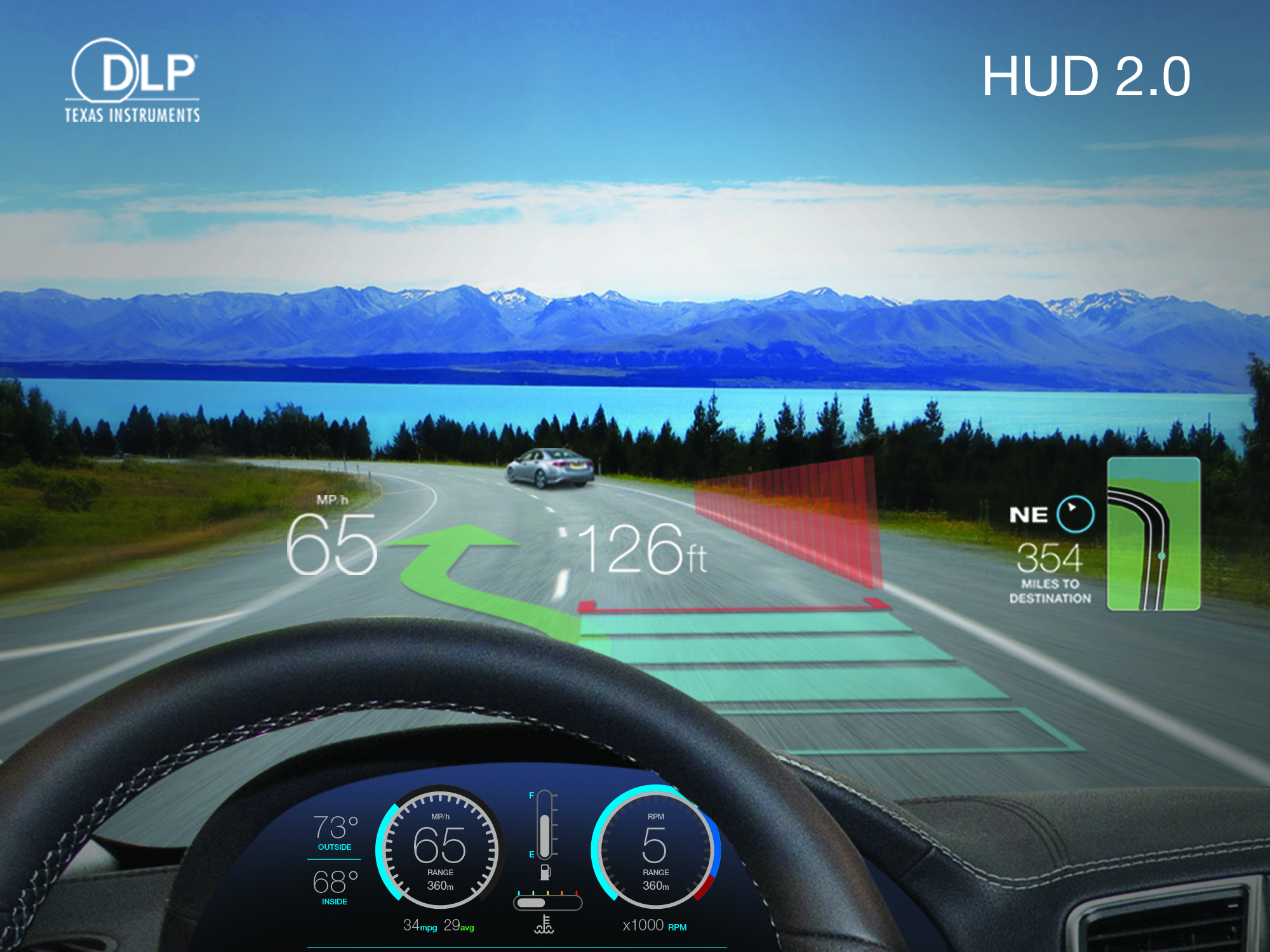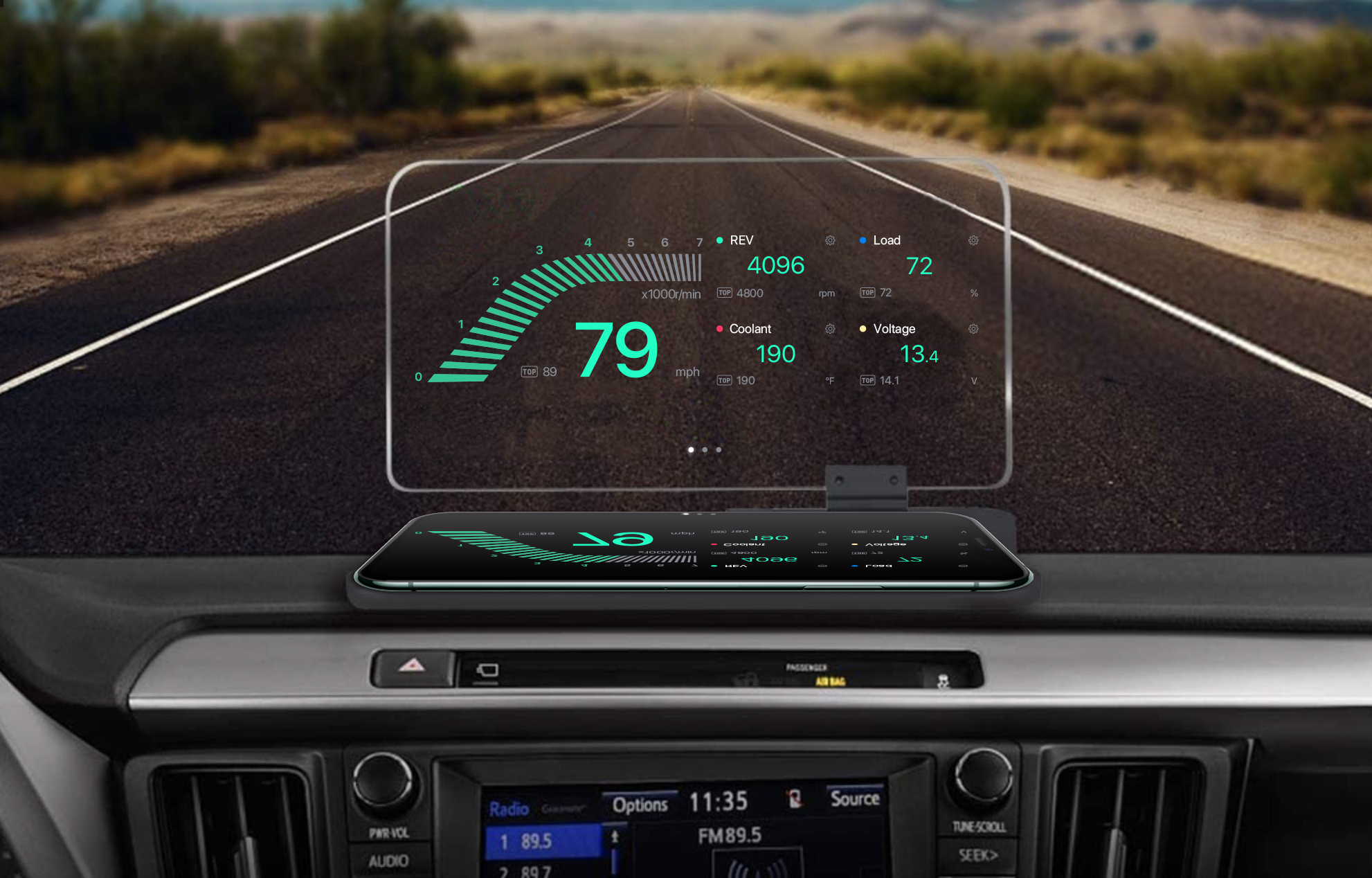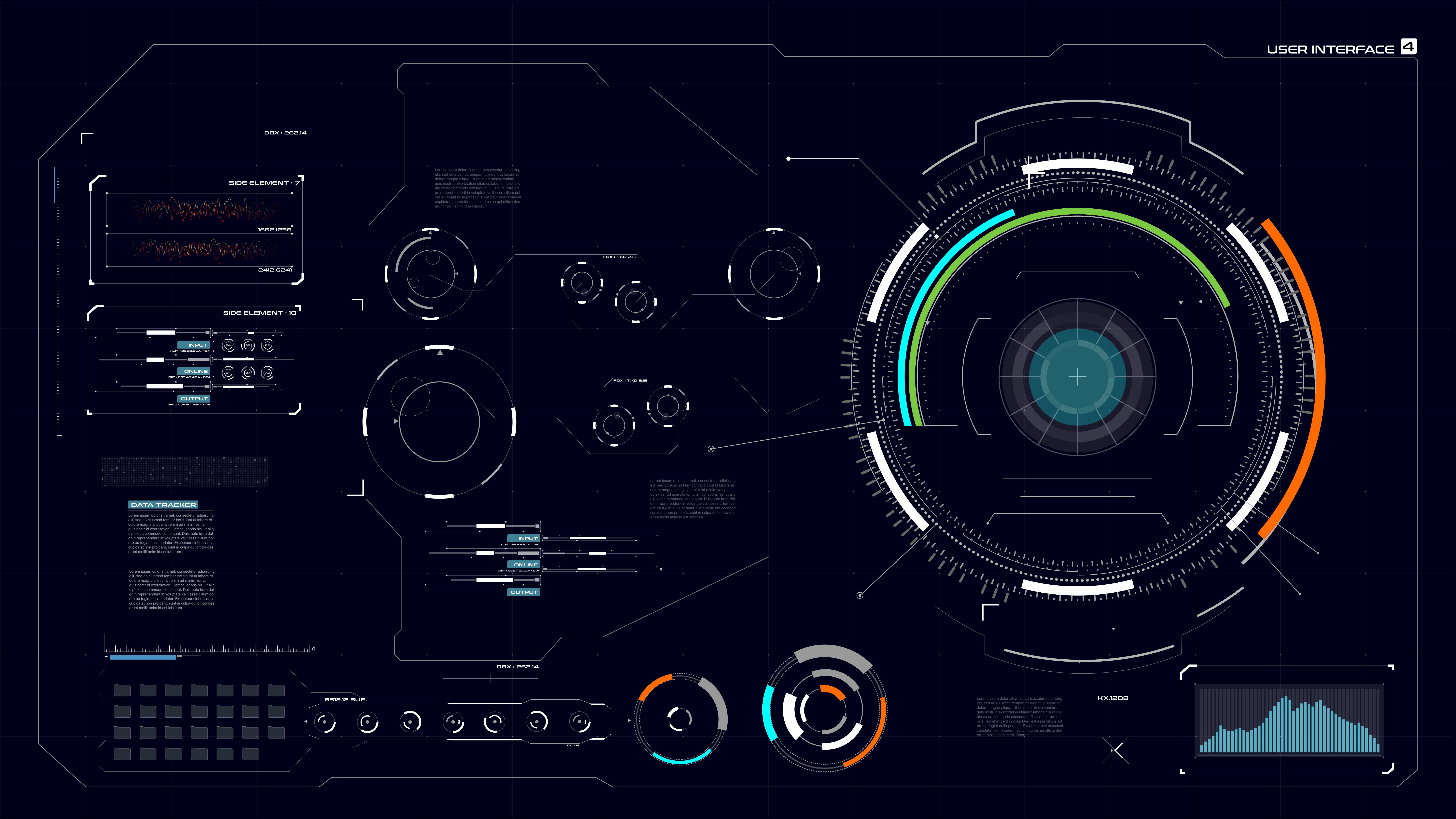HUD Mellencamp - Display Technology Insights
Imagine, if you will, a world where important details appear right before your eyes, without you having to shift your gaze. This idea, so it seems, is no longer just something out of a science fiction tale. Heads-Up Display, or HUD as many people call it, is steadily making its way into our everyday lives, from the cars we drive to the digital worlds we explore. It is, in a way, a quiet revolution in how we take in information, making things feel a little more immediate and a bit less distracting.
The concept behind these displays is quite simple, yet its practical uses are quite extensive. Whether you are behind the wheel of your car, needing to keep an eye on your speed or directions, or perhaps immersed in a digital adventure where keeping track of your progress is a must, HUD technology offers a way to present crucial bits of data directly within your line of sight. This means less looking away, which, honestly, can make a real difference in how smoothly things go, and how safe you feel, too it's almost.
So, what exactly does this have to do with someone like John Mellencamp, you might ask? While the musician himself may not be directly involved in the creation of these systems, the spirit of American innovation and practical utility that his music often captures, you know, sort of resonates with the straightforward usefulness of HUD. It is about making things work better, making life a little easier, and bringing helpful advances into common experience, which, in some respects, is very much a theme in many of his popular songs, honestly.
Table of Contents
- Who is John Mellencamp and How Might HUD Fit In?
- What Exactly is a Heads-Up Display (HUD)?
- How Does HUD Show Information?
- Is HUD for Cars Only?
- What Makes a Good HUD?
- Can Your Computer Handle HUD Displays?
- Why is AR-HUD Gaining Popularity?
Who is John Mellencamp and How Might HUD Fit In?
A Glimpse at the Artist
John Mellencamp, a name that brings to mind heartfelt tunes and stories of everyday life, has been a significant voice in music for many years. He is, by all accounts, an artist who speaks to the common experience, often weaving tales of small-town existence and the hopes and struggles that come with it. His work has a straightforward quality, a genuine feel that resonates with a lot of people, basically. One might even say his approach to music is about putting what matters most right out there for everyone to see, much like how a HUD aims to present important information clearly.
| Known For | Music that reflects everyday American life |
| Artistic Style | Heartfelt, storytelling, rock and folk influences |
| Influence | Shaping popular music for several decades |
When we think about how technology might touch the life of an artist like Mellencamp, it is not necessarily about him creating the technology himself. Instead, it is about how these clever tools might become part of his surroundings, perhaps helping him stay connected while on the road, or even influencing the way he perceives the world around him. You know, just like anyone else, he probably uses various bits of modern gear in his daily routine, and some of these could well include things that display information in new and interesting ways, too it's almost.
Consider, for a moment, the idea of a musician on tour. There is a lot of information to keep track of – schedules, directions, maybe even cues during a live show. A display that puts these details right where you need them, without having to look down at a separate device, could be quite helpful, as a matter of fact. It is about making things smoother, allowing for more focus on the main task at hand, which, for a performer, is connecting with the audience, obviously. This is where the practical side of HUD, like the kind of heads-up display you find in a car, starts to feel like a very natural fit, in a way.
- Cast Of La Palma Television Show
- Rhaenyra Targaryen Actress
- Rita Owens
- Benson Boone Girlfriend
- Its Gonna Be Me
What Exactly is a Heads-Up Display (HUD)?
At its core, a Heads-Up Display, or HUD, is a system that projects data onto a transparent surface, typically a car's windshield or a special piece of glass, so that you can see it while looking straight ahead. This simple concept means you get to keep your eyes on what is important, like the road in front of you, while still getting updates on things like your current speed, directions, or other important notices. It is a very clever way to make sure you are always informed without needing to shift your attention, which, really, is a big plus for safety and convenience, basically.
The original thought behind these systems came from aircraft, where pilots needed to see flight information without looking down at their instruments. Bringing this idea to everyday vehicles or other settings makes a lot of sense, then. It is all about giving you the details you need, right when you need them, in a way that feels quite natural and does not get in the way of what you are doing. So, if you are driving, you see your speed. If you are playing a game, you see your score. It is all right there, you know, just a little bit out of the way but still visible, pretty much.
Different Kinds of HUDs – A Closer Look
Not all heads-up displays are built the same way, or really, work in the same fashion. There are a few distinct types that have come about over time, each with its own way of showing you information. Knowing the differences helps us appreciate how far this technology has come and where it might be headed next. It is like comparing different kinds of tools; they all do a similar job, but they do it in slightly different ways, and some are just a little more advanced than others, to be honest.
The Older Style – C-HUD
One of the earlier versions of a heads-up display for cars is what people call a C-HUD. This kind usually involves placing a separate, clear piece of plastic or glass on your dashboard. The display projects information onto this piece, and you see it reflected there. While it gets the job done, it is a bit of an add-on, and the picture might not always seem as though it is far away on the road. This method, you know, has slowly started to fade out as newer, more integrated options have come along. It served its purpose well enough, but things have certainly moved on, pretty much.
The C-HUD, in some respects, was a good first step for bringing this kind of technology to common cars. It showed what was possible, even if it felt a little like an extra bit of kit stuck onto the car. Its simplicity meant it was easier to put into existing vehicles, but the experience it offered was perhaps not as smooth or as truly "heads-up" as what came later. It is a good example of how technology often starts with simpler approaches before getting more sophisticated, basically.
The Common View – W-HUD
The W-HUD, which stands for Windshield Heads-Up Display, is what you will typically find in many newer cars today. Instead of a separate piece of glass, this system projects the information directly onto your car's front window. This makes the displayed details appear as if they are floating out in front of the vehicle, usually a bit further away than the C-HUD. This method is much more popular now, honestly, making up a very large portion, like over ninety percent, of the heads-up displays you see in cars. It offers a much more natural viewing experience, which is pretty important.
The W-HUD offers a much better sense of integration, too. The information feels like it is truly part of your view of the road, rather than just sitting on a separate screen. This helps keep your eyes focused where they need to be, reducing the need to glance down at the dashboard. It is, you know, a pretty clever way to give you important bits of data without adding to your visual workload, which, really, is a big benefit for anyone driving a car, especially on busy roads, as a matter of fact.
The Future Vision – AR-HUD
Then there is the AR-HUD, or Augmented Reality Heads-Up Display, which is seen as the next big thing in this area. This kind of display takes things a few steps further. It can project a much bigger picture, and that picture can appear to be much further away, almost as if it is truly part of the road ahead. What makes it really special is its ability to blend the digital information with the actual view of the road. So, for example, a directional arrow might appear to sit right on the street you need to turn onto, or a warning might seem to highlight a car in front of you. This kind of heads-up display is, frankly, much more complex to make than the others, but it offers a truly immersive experience, which is pretty cool.
The idea with AR-HUD is to make the digital information feel like it is part of your actual surroundings. If it is showing you a thick red line to indicate something on the road, that line needs to move and adjust based on exactly where your eyes are looking, to give you the true feeling that it is right there, perhaps just below a car in front of you. This real-time adjustment, you know, makes the engineering behind it quite a bit more involved than what goes into a simpler W-HUD. But the payoff is a display that feels much more intuitive and helpful, almost like having a guide right there on the road with you, literally.
How Does HUD Show Information?
The basic process of how a heads-up display puts information in front of your eyes is quite fascinating, if you think about it. It is not magic, of course, but rather a clever use of light and reflections. The system is made up of a couple of main parts: one bit that processes the details it needs to show, and another bit that actually projects those details. It is a bit like a small, very precise movie projector working inside your car or device, you know, just putting up the picture exactly where it needs to be, pretty much.
This method means that the data is not just on a screen somewhere else, but it is actually placed within your field of view, making it much easier to take in without breaking your concentration. It is about making sure that your eyes can stay focused on the main task, whether that is driving or playing a game, while still getting all the extra bits of information you might need. This focus on seamless information delivery is a core idea behind all heads-up display systems, basically.
Light and Picture Creation
The projection system in a heads-up display works a lot like a little projector. It takes light, shapes it into the words, numbers, or pictures it needs to show, and then sends that light towards the front window of your car. Once the light hits the window, it bounces back towards your eyes. This reflection is what creates the picture you see, floating out there in your view. It is a really clever trick of light that makes the virtual image appear as though it is part of the real world outside your car, which, honestly, is quite something to experience, in a way.
The quality of this projected picture, naturally, depends on a few things. The source of the light, for example, plays a part. But the main idea is that the light travels from the projector, hits the glass, and then comes back to you. This path is carefully controlled so that the picture appears clear and in the right spot, giving you the feeling that the information is actually out there on the road, or perhaps just a little bit beyond your car's hood. It is, you know, a pretty precise operation that makes sure everything looks just right, every single time, absolutely.
Seeing the Picture – Placement and Clarity
When it comes to seeing the information from a heads-up display, two things are very important: where the picture appears and how big it looks. Generally speaking, the further away the picture seems to be projected, and the larger its size, the better the experience. This is because a picture that appears far away means your eyes do not have to refocus as much when shifting between the road and the display. A bigger picture, too, is often easier to take in at a quick glance, which is pretty useful when you are busy doing something else, like driving, obviously.
The placement of the heads-up display itself within the car is also something that matters a lot. It needs to be in a spot where your line of sight stays mostly unchanged. This means the brightness of the display, the kind of information it shows, and how you can adjust it are all things that need careful thought. These details, you know, might seem like common sense once you think about them, but they are pretty essential for making sure the system works well and feels natural to use, honestly. A display that is too dim or too bright, or one that shows too much confusing stuff, would not be very helpful at all, would it?
Is HUD for Cars Only?
While heads-up displays are very commonly talked about in the context of cars, they are certainly not limited to just vehicles. The basic idea of putting information right in your line of sight can be useful in many different settings. In fact, the technology first gained popularity in aircraft, as we mentioned, and has since found its way into other areas where quick access to data without looking away is a real advantage. So, no, it is definitely not just for cars, though that is where many people first encounter it, more or less.
The appeal of a heads-up display is that it helps you stay focused on your primary activity. Whether you are piloting a plane, driving a car, or even engaged in a digital world, the ability to get key information without breaking your concentration is a significant benefit. This versatility means we are seeing these displays pop up in more and more places, making our interactions with technology a little smoother and more direct, which, frankly, is a pretty good thing, you know.
HUD in Your Vehicle – A Common Sight
It is quite interesting to see how widely heads-up displays are being adopted in cars these days. For example, a lot of Toyota models sold in some places now come with a heads-up display as a standard feature, even in some of their smaller cars like the Corolla. This is quite something for a company that makes many kinds of cars, as it is not something you typically see as a standard offering from other companies that put cars together. It shows a real commitment to bringing this kind of helpful technology to a wider group of drivers, which, honestly, is pretty forward-thinking, as a matter of fact.
The packaging for some of these car heads-up displays is also quite simple and clean. Take, for instance, a recent update to a particular smart HUD model; its box was very neat and tidy, with a clean white look. On the front, it had a picture of the item itself and its name. This kind of presentation suggests that the makers see these as straightforward, useful tools for everyday driving, not overly complicated gadgets. It is all about making the experience of using a heads-
- Elsa Dutton
- Taylor Dayne Songs
- Demi Moore Ashton Kutcher
- Update On Missing Girl In Punta Cana
- March 15 Zodiac

HUD 2.0 Brings a New Point of View - DLP® technology - Technical

How does the HUD Mode work? – nonda Help Center

HUD GUI Interface 004 518203 Vector Art at Vecteezy